By Rod and Denise Nikkel
English and Western Saddles are Different!
That statement is so obvious it seems ridiculous to even say it. Yet why then, when it comes to saddle fit, are the “rules” expected to be the same? When we tell people whose western saddle is their office, who ride horses for a living but not in competition, some of what the “rules” of saddle fit say, they are incredulous, because they know from years of experience that these things just don’t make sense for a good western saddle. Some principles apply to both, but often “rules” for English saddles don’t apply to western saddles.
So, this article will talk about what makes English and Western saddles different in history and construction. Then we will have a post on what principles of fit apply to both, and then a third on which English saddle fit “rules” definitely do not apply to Western saddles. Be warned, some of what we say here will sound like heresy to many who read the internet. But it also happens to be true.
What’s the Difference?
English and western saddles are different in history and use, and in construction. While historically English saddles were used as military saddles and for transportation, Western saddles were designed to be used for long hours of work, primarily for working cattle (Fig 1).
Today, English saddles are used mainly for sport and recreation. When someone rides an English saddle, their primary purpose is generally to ride their horse – for enjoyment, training, competition, etc. and their attention the vast majority of the time is on their horse and their riding.
While English saddles are sometimes used for hours at a time (eventing, hunting, etc.), horses ridden English are often not ridden more than an hour at a time, though it is strenuous exercise for them during that time. The rider is often asking for precise movements and positions for much of the ride (Fig 1a).
Western Saddles for Work
While western saddles are now also ridden for enjoyment, training and competition, they are still often used for their primary purpose – being ridden for long hours covering lots of ground, either as the rider and horse work together to handle cattle, or for recreation, such as day long or even longer trail rides and pack trips in the mountains, When someone rides a western saddle, their attention may be on their horse and their riding (training or showing), but it is often on the job they are doing (roping, checking cattle, checking fences, etc.) or on their surroundings (enjoying the views on their trail rides). The rider generally does not request precise movements except when needed for the job at hand, or when specifically concentrating on their riding rather than their work (Fig 2).
The Design of English and Western Saddles
These different uses are reflected in the design of the saddle. The English saddle is much smaller, with much less surface area on the horse (Fig 3). The seat construction and narrower stirrup leathers make the rider more conscious of their position in the saddle. The western saddle has a much larger surface area on the horses back, allowing for more pressure distribution (if the shape matches the horse well). It also often supports the rider better, which is very helpful after a few hours in the saddle, but which also can allow the rider to get away with bad posture.
The Western saddle was designed for roping cattle, which necessitates a substantial fork to attach the horn to in order to connect two large animals. This means the rider is seated farther behind the front of the bars of the tree than on an English saddle, where the rider is much closer to the tree points. (Fig 4). This design means that the rider must be situated farther back on the horse than in an English saddle. The cantle on an English saddle is the back end of the tree, though panels may extend past it a bit. However, the cantle on a Western saddle typically has inches of bar behind it. This puts the rider’s weight centered along the length of the bar (if the seat is made correctly), distributing their weight well.
The Tree
The tree in an English saddle is very small and while the basic shape must generally match the horse, the panels beneath it are what are specifically fitted to a specific horse at a specific time, and are designed to be checked and modified regularly. The tree has a lot to do with the seat shape for the rider. A western saddle tree is large, with long, wide bars. A good tree is shaped to allow it to be comfortably used on a range of horse shapes, not one specific horse. The tree is what has to fit the horse (Fig 5a and 5b). The seat, on the other hand, is added later on top the tree by the saddle maker, who makes the shape to fit the rider.

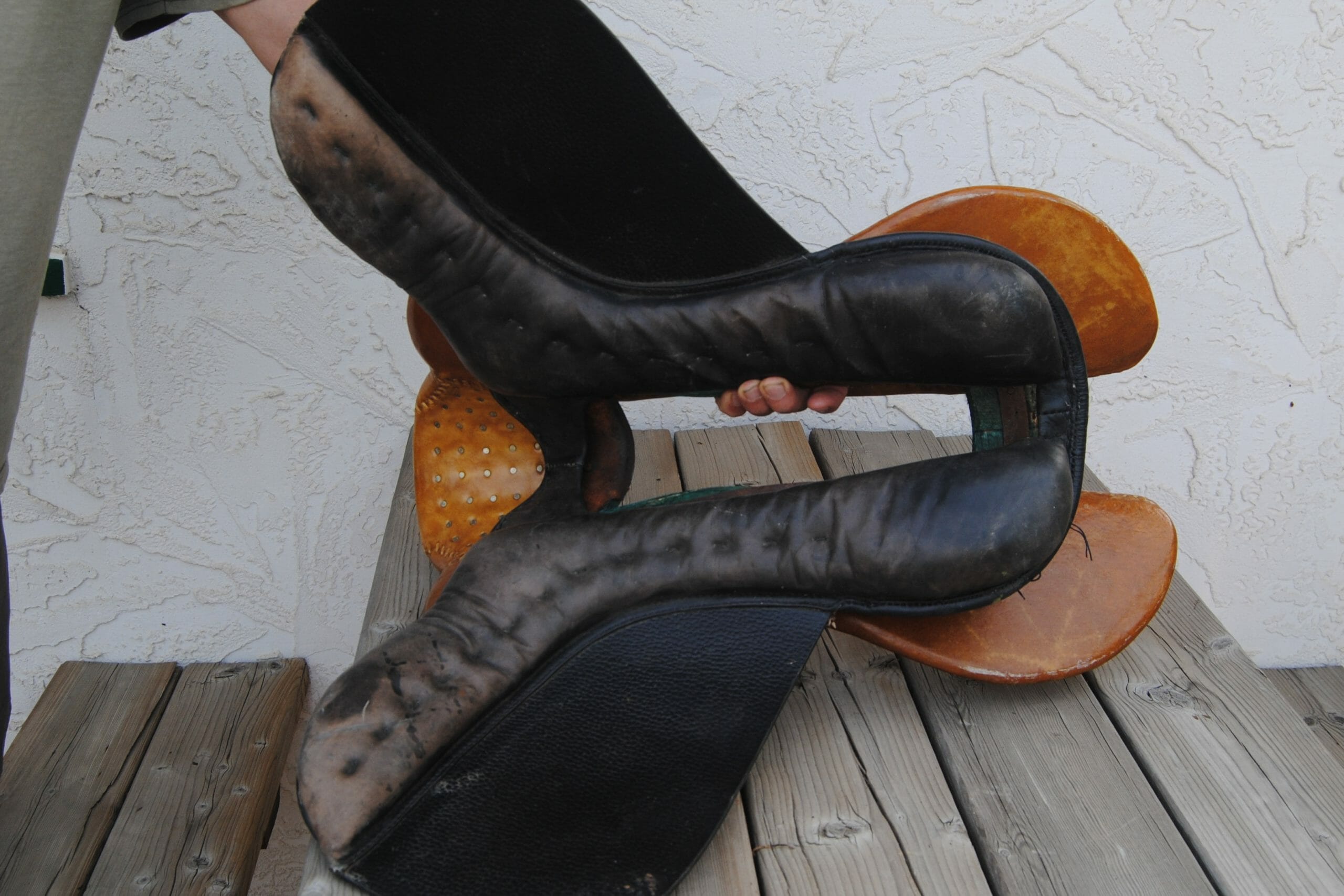
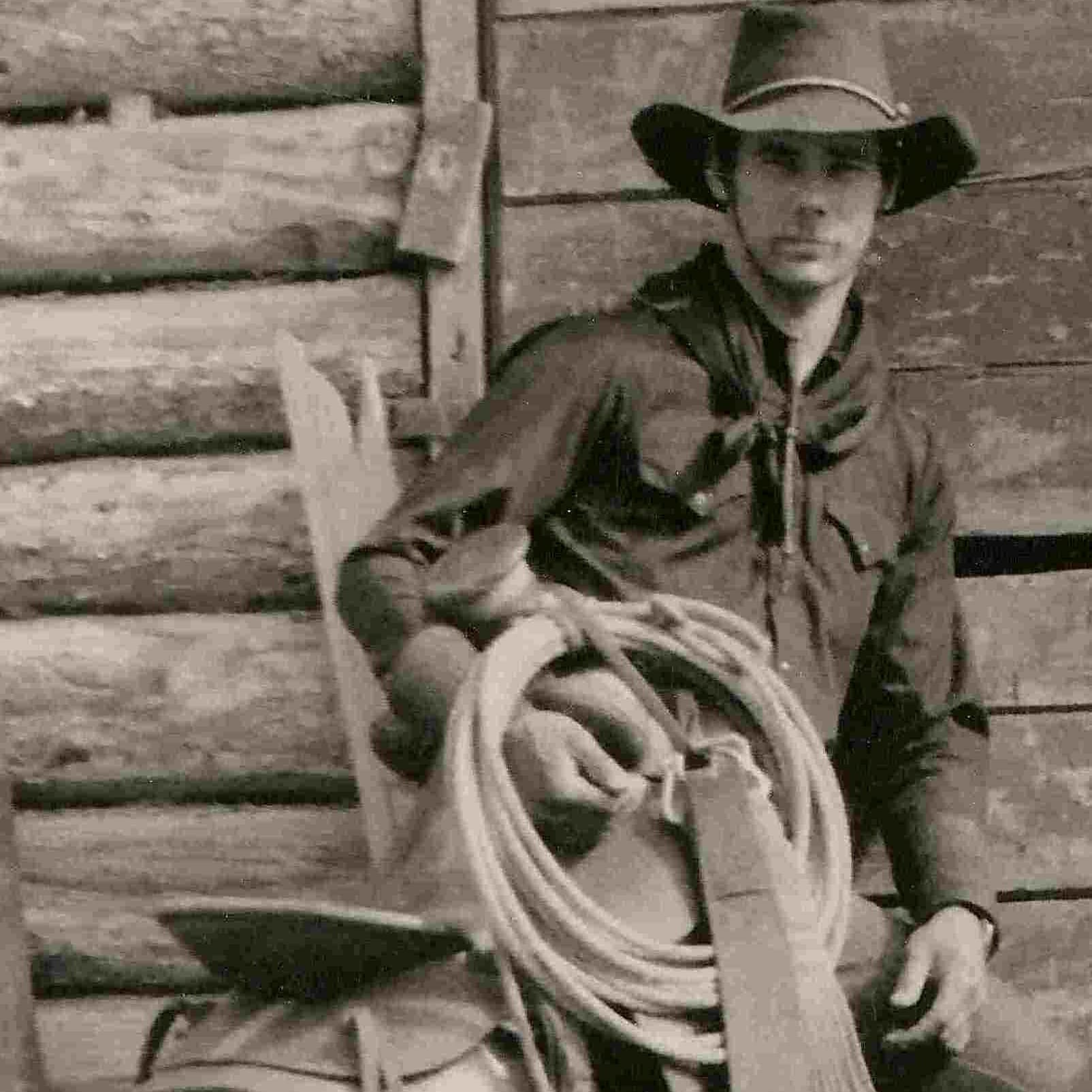
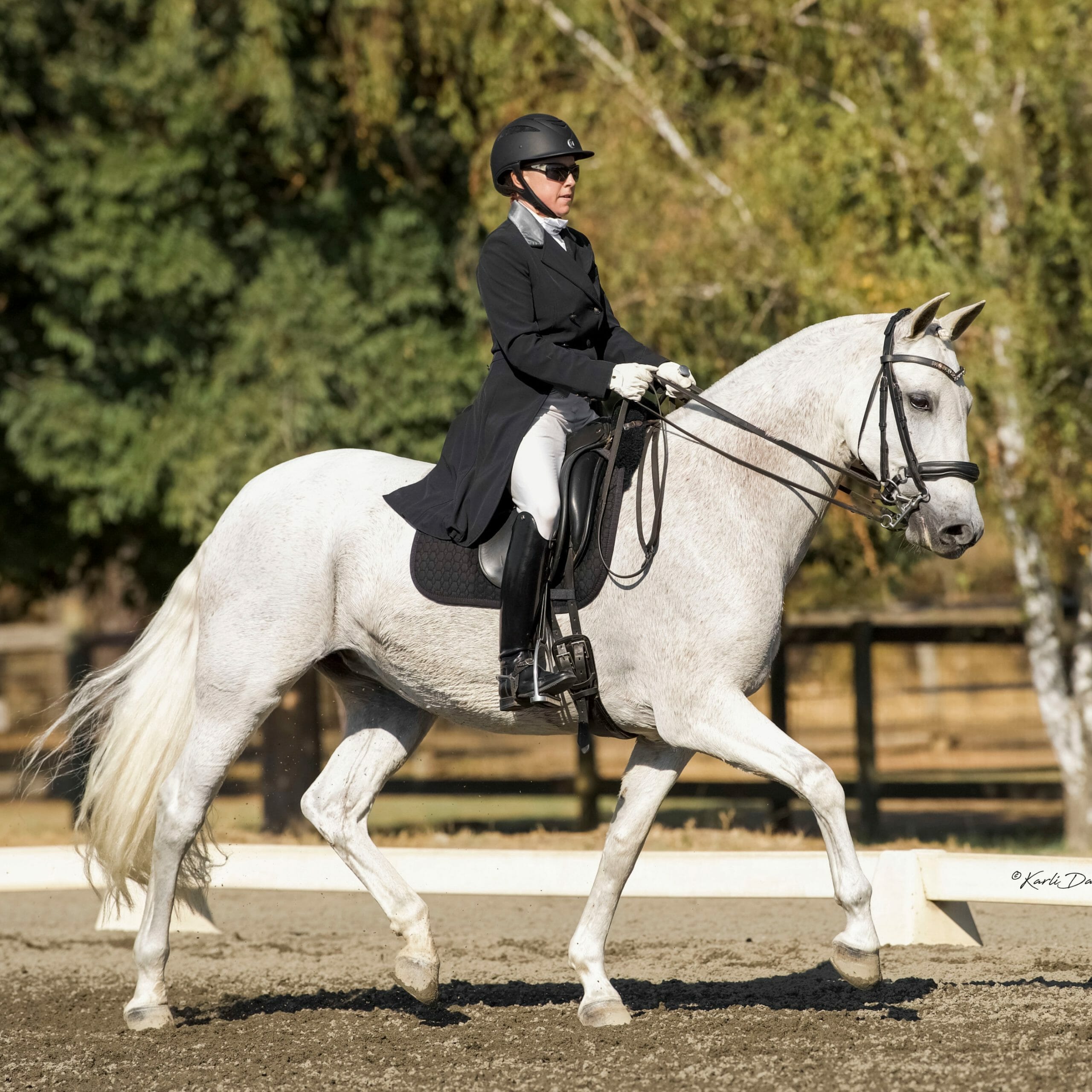
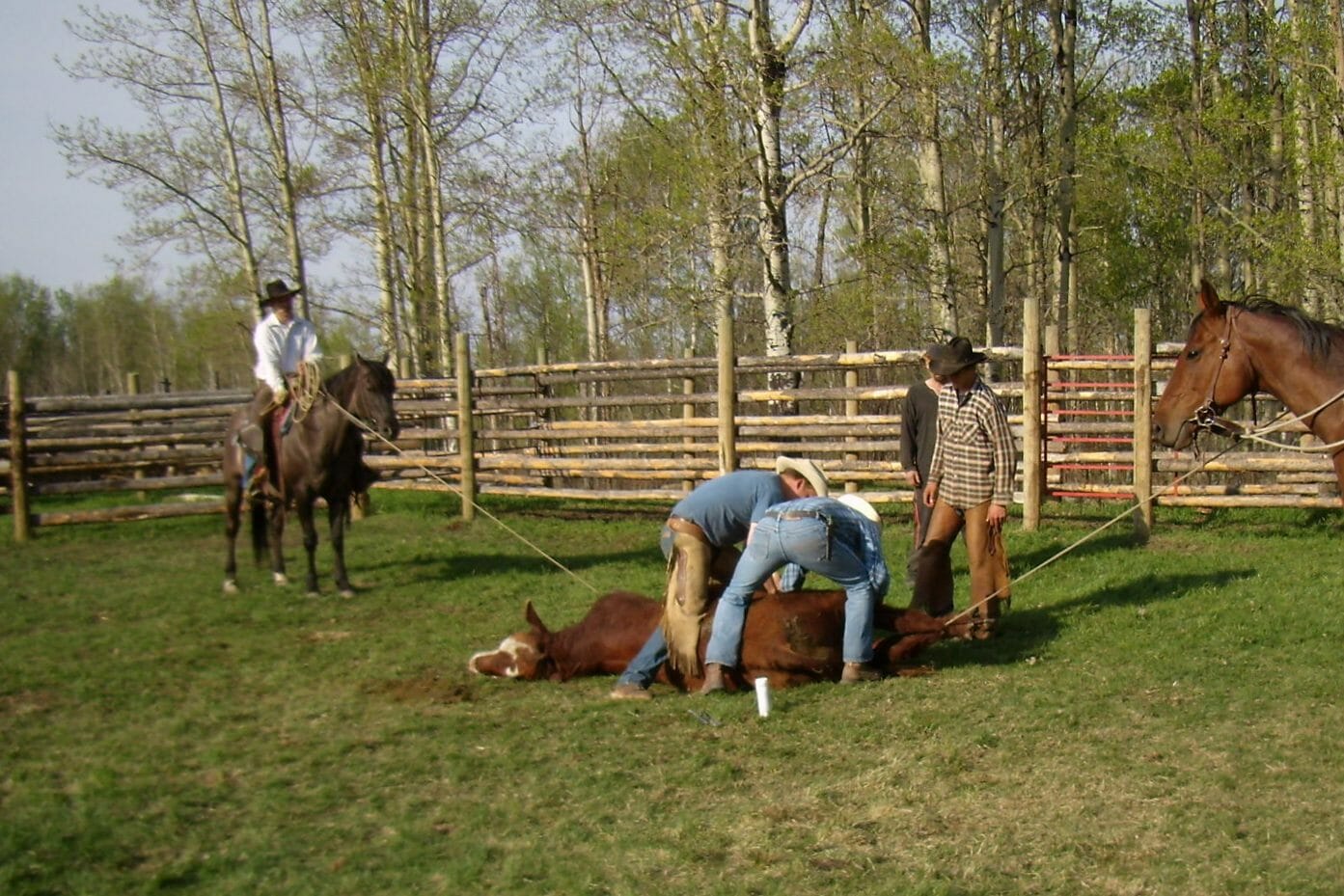
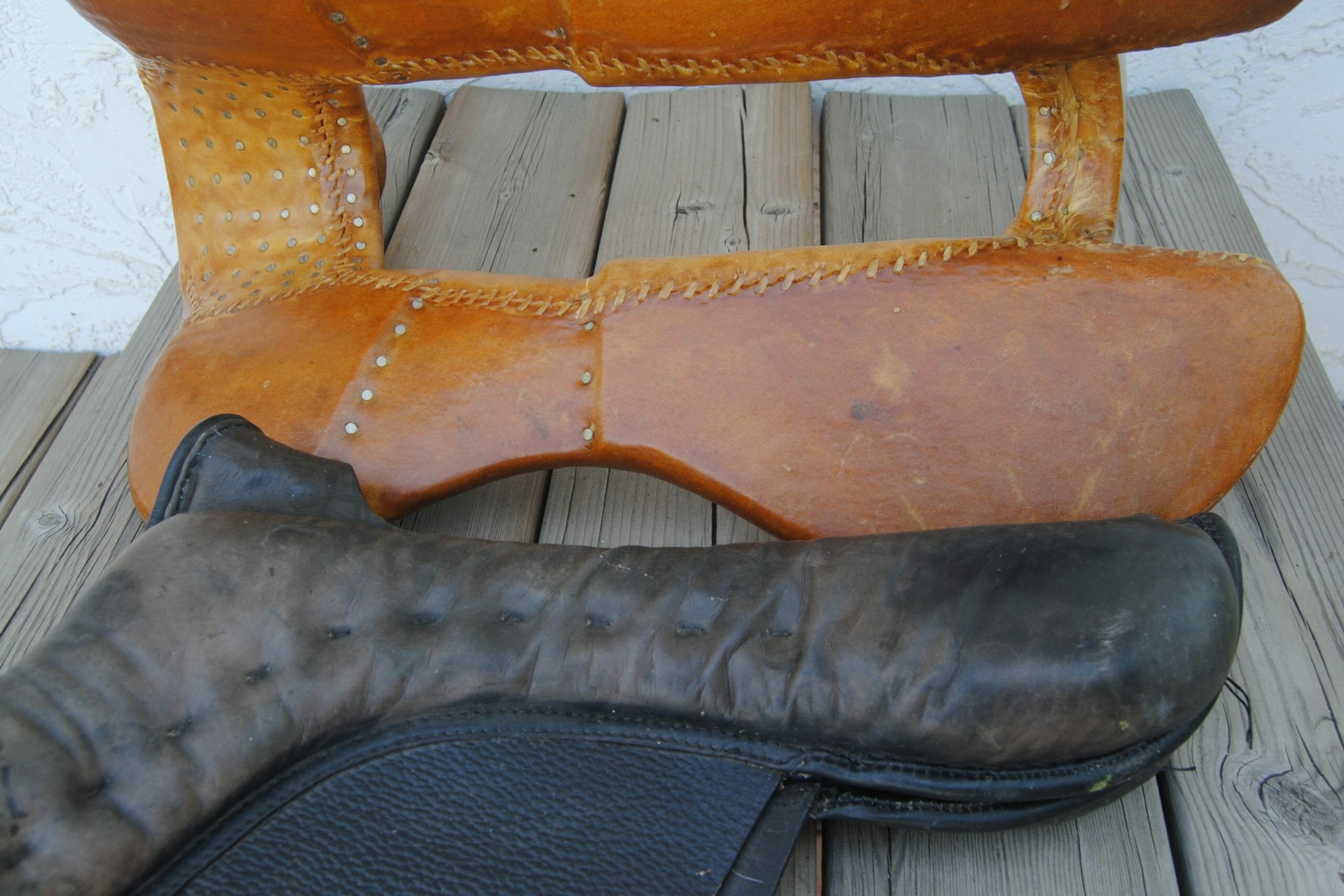
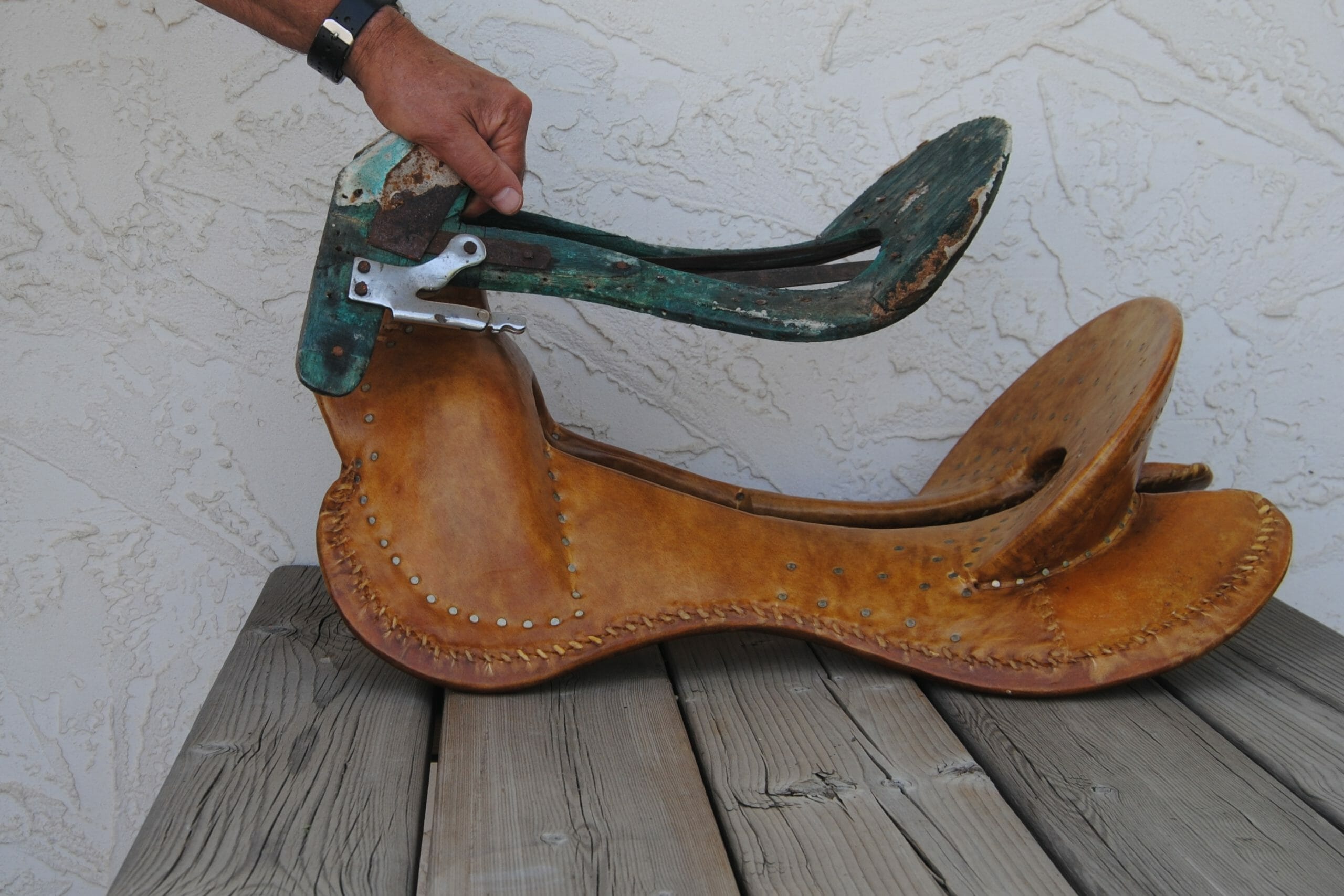
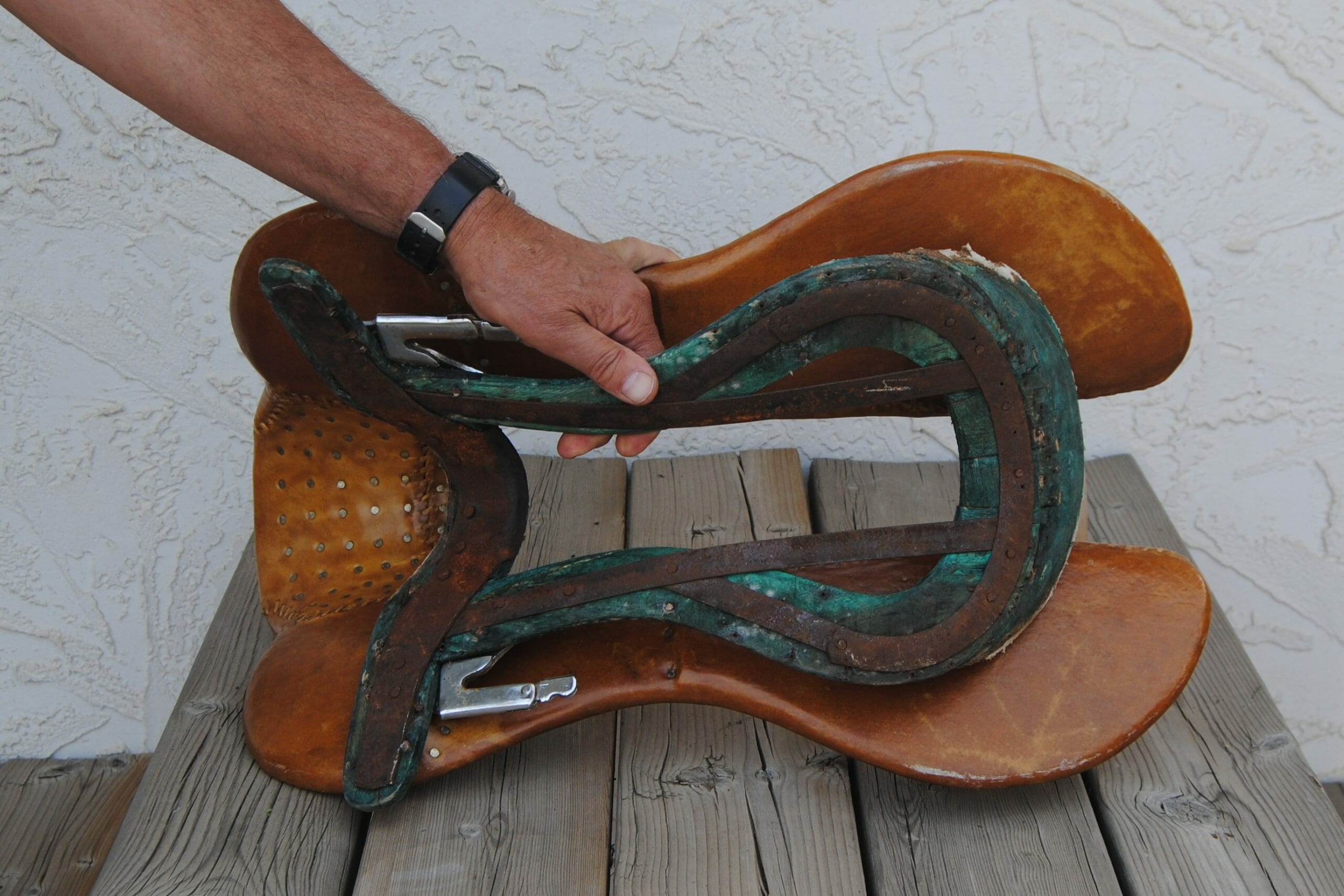
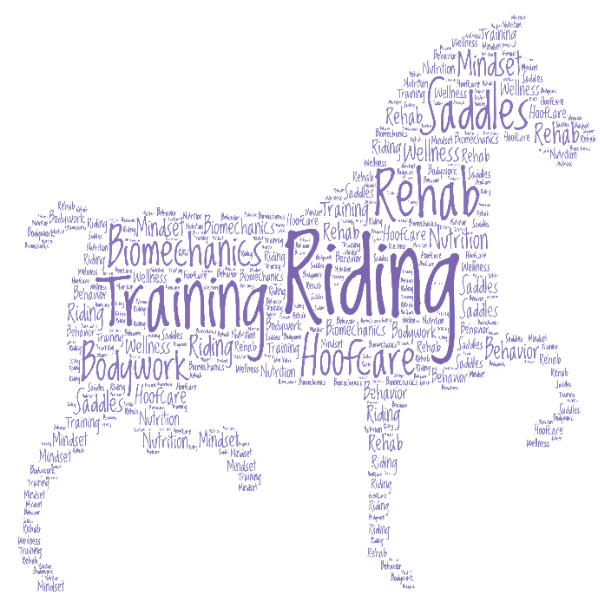



1 Comment. Leave new
Selecting a Horse Riding Saddle
Fit is the most crucial consideration when choosing the right saddle for your horse.
Both you and your horse must be at ease in the saddle. It should fit your child’s size and needs.
When purchasing a saddle for your child, be
sure to measure them prior to purchasing it.
A properly fitted saddle will stop your child from becoming uncomfortable, which can cause your child
to become discouraged. You can always consult for
help from a professional if your child is struggling
to fit into a saddle.
horse riding saddle
The shape of your saddle is the first thing you should consider when buying a saddle.
While many models come in different dimensions and shapes but the
most important thing to consider is that it should be comfortable
for both you and your horse. You should also select the saddle constructed from the highest quality
materials available and you should not skimp on the quality of materials.
You should look for durability, comfort, safety, and other important aspects of
a saddle.
Saddle leather must be of the highest quality. This means that a saddle constructed of soft wood is more durable than one made of reinforced wood.
The leather used in the saddle should be of the highest quality because it is able to endure extreme heat
and wear. In addition, the leather panels should be made of skate-fish skin. Regardless of color it is crucial to take
care of your horse’s tack. This will not only help your horse feel better,
but it will also protect the value and quality of your saddle.
Take a look at my webpage discuss